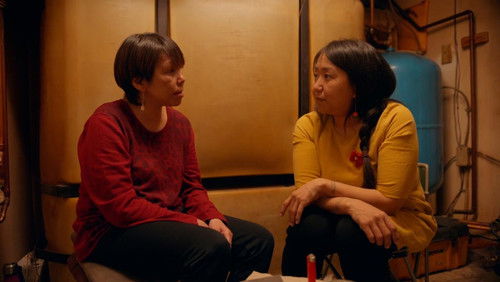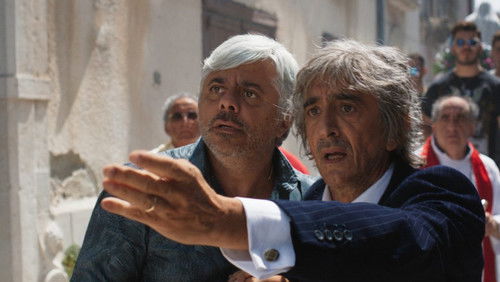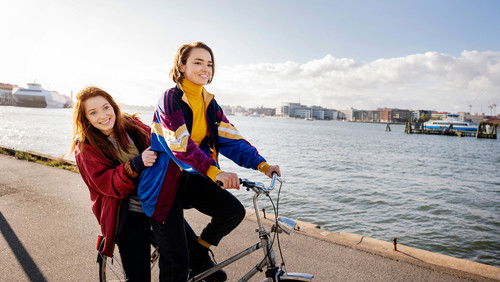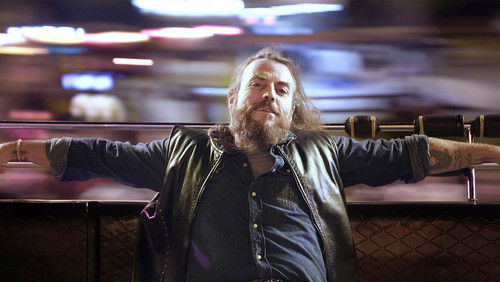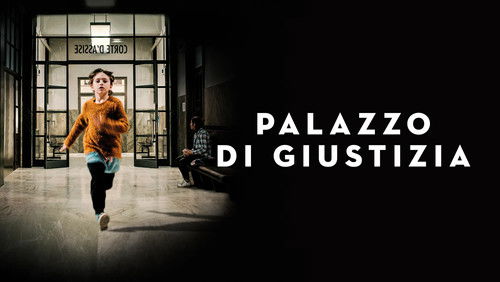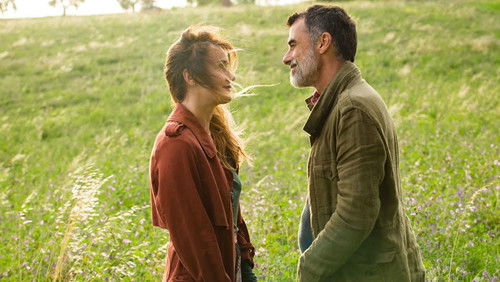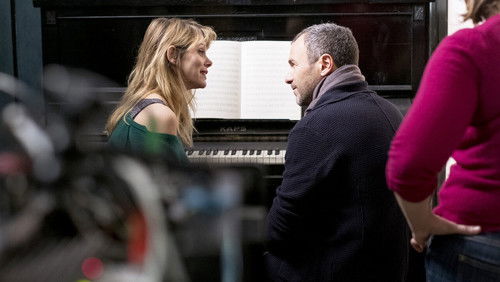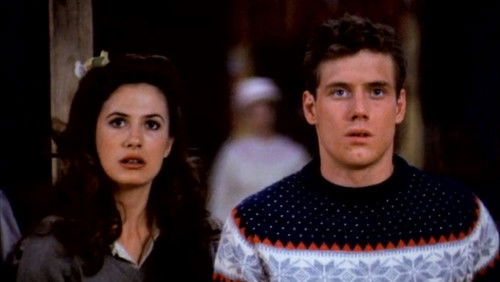Die sieben Samurai (1954)
32KDie sieben Samurai: Directed by Akira Kurosawa. With Toshirô Mifune, Takashi Shimura, Keiko Tsushima, Yukiko Shimazaki. A poor village under attack by bandits recruits seven unemployed samurai to help them defend themselves.
“Donald Richie thought it was Kurosawau0026#39;s finest, and suggested that it might the best Japanese film ever made. u003cbr/u003eu003cbr/u003eIt is a film that rewards casual viewing and careful viewing and repeated viewing and viewing over time. Isnu0026#39;t that rather like a wonderful book, that rewards you every time you pick it up? I suppose that is the definition of greatness. u003cbr/u003eu003cbr/u003eHow was this greatness achieved? (This is not a rhetorical question. It truly astonishes me how this film creates meaning…cutting across all boundaries of nationality, language, and culture to become a meaningful personal experience for those who view it). This creation of greatness may be a mystery, but we can point to the some features of the filmu0026#39;s excellence: u003cbr/u003eu003cbr/u003eThe artistic achievement: The music, the cinematography, the extensive set design, the editing and the acting in the service of a moving story all conspire to create a world that becomes ours on a deeply personal level. It is a film which influences later films and filmmakers. u003cbr/u003eu003cbr/u003eThe narrative achievement: Based on an original concept of Kurosawau0026#39;s which began as a u0026quot;day in the lifeu0026quot; documentary of a samuraiu0026#39;s existence, Kurosawa developed the idea into this breathtaking film of samurai who save a village. This simple but complexly nuanced human story involves us in different social classes in an historical framework. We come to know individual peasants and samurai, and feel that we know significant things about them, their motivations, hopes and fears.u003cbr/u003eu003cbr/u003eThe achievements of the actors: These are characters you will love, people you need to have in your life: the characters of Kyuzo, Heihachi and the unforgettable Bokuzen Hidari as a bewildered peasant..! Takeshi Shimura, as the leader of the samurai, Gambei, is the embodiment of wisdom, and calm in the storm. And, saying that Toshiro Mifune has star power is like saying the noonday sun sheds a little warmth. u003cbr/u003eu003cbr/u003eToshiro: Itu0026#39;s the cut of his jawline when he asks the village patriarch, u0026quot;Got a problem, grandad?u0026quot;, and the most charming look of confusion and embarrassment playing over his face when he is told by Heihachi that he is the triangle on the samurai flag. Itu0026#39;s his energy, speed and agility and power and intelligence. Mifune sniffing out the fuse of a gun in the woods, bouncing through the brush half-naked in an abbreviated set of armor, or carrying his ridiculously oversize sword on one shoulder, Mifune crying over a baby, and the incomparable scene of his embarrassment that turns to rage when Mifune accuses the samurai of creating the farmeru0026#39;s condition. u003cbr/u003eu003cbr/u003eToshiro Mifune represents with extraordinary physicality the spirit of a man desperate to prove his worth: Mifuneu0026#39;s got the animal sexuality, the physical response to emotional situations, the expressive face, the humorous and varied vocalisms to make us feel deeply what his character experiences: his struggles, his growth.(His drunken burblings as the last u0026quot;samuraiu0026quot; to audition are nothing short of hilarious, and his u0026quot;fish singingu0026quot; is eerie and funny, too…also the grunted u0026quot;eh?u0026quot; that he often uses to show confusion, and the u0026quot;hehu0026quot; of disgust..such wonderful sounds, and so expressive!) Mifuneu0026#39;s acting is wild and alive, even more than 50 years after the filmu0026#39;s original release. u003cbr/u003eu003cbr/u003eTakashi Shimura: You will trust him with your life. His great, open heart, his mature calm, his honesty and compassion make him one of the greatest of all samurai on film.u003cbr/u003eu003cbr/u003eFumio Hayasakau0026#39;s music: Kuroasawa was lucky to have such a brilliant composer as collaborator. Themes introduce characters, and the samurai theme is surprising and memorable. If you have viewed the film, chances are, the samurai theme is playing in your mind with just a mention of the music. Hayasakau0026#39;s music is muscular and nuanced: creating humor, or a counterpoint to the action, or deepening our sympathy for and understanding of the characters. u003cbr/u003eu003cbr/u003eMurakiu0026#39;s scenography: There is no doubt that the places shown in the film are real. The achievement of Kurosawau0026#39;s longtime collaborator provide a real world for the action.u003cbr/u003eu003cbr/u003eThe filmography is ground-breaking: the multiple cameras, slow-motion and attention to light and composition make each frame worthy of an 8X10 glossy. How can individual moments of such beauty be sustained throughout the movement of the film? It is an astonishing feat. And, best of all, no image degenerates into interior design or vacuous prettiness…everything forwards the movement of the cinematic experience. When the film ends, we feel as if we have lived it! u003cbr/u003eu003cbr/u003eIt is with great respect and humility that I offer my thanks to the memory of Mr. Kurosawa. His great work leads us to treasure humanity and its struggles, to develop our own abilities to feel compassion, encourages us to try to make good choices, to be socially and morally responsible, to embrace life.”
